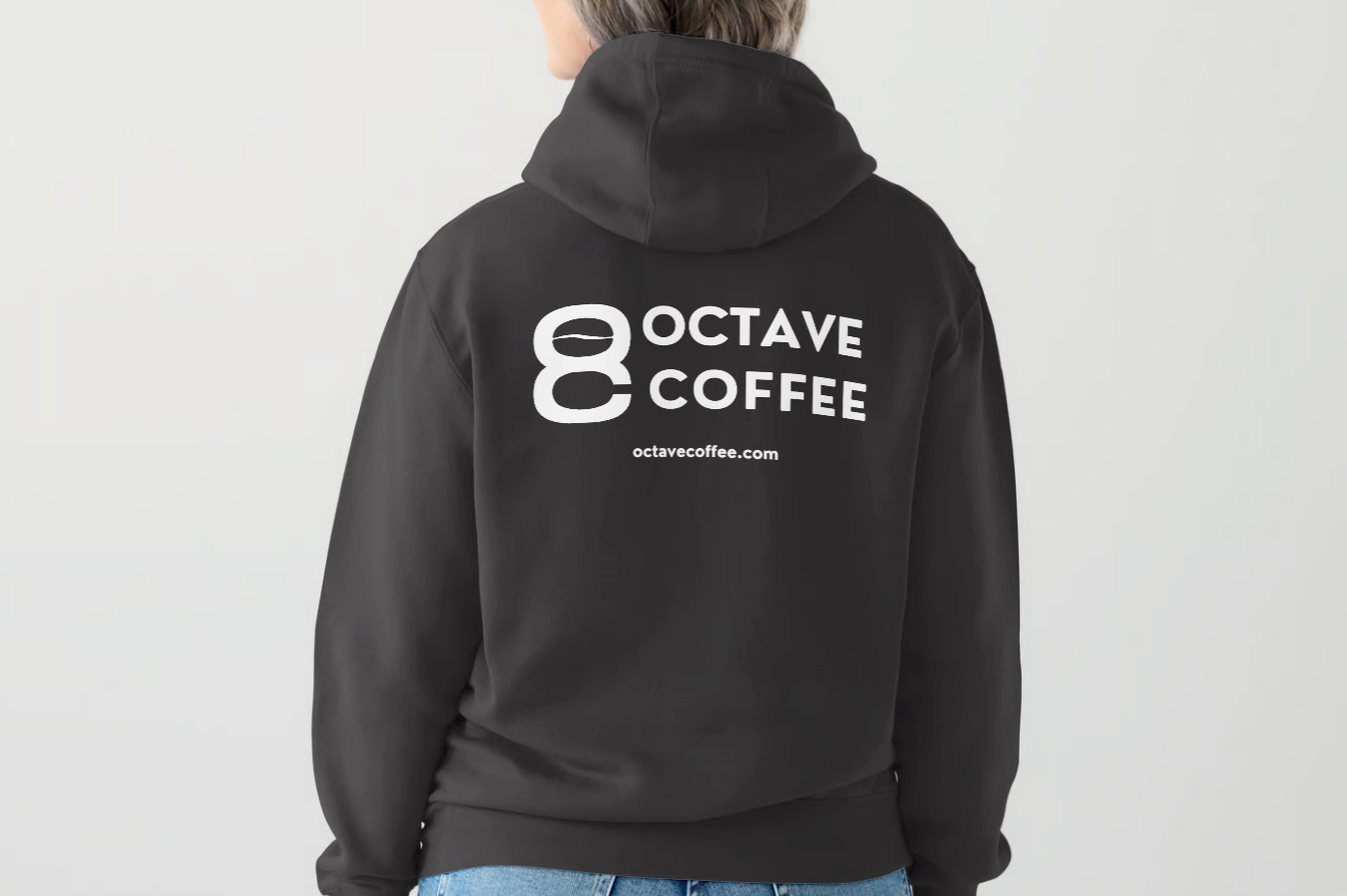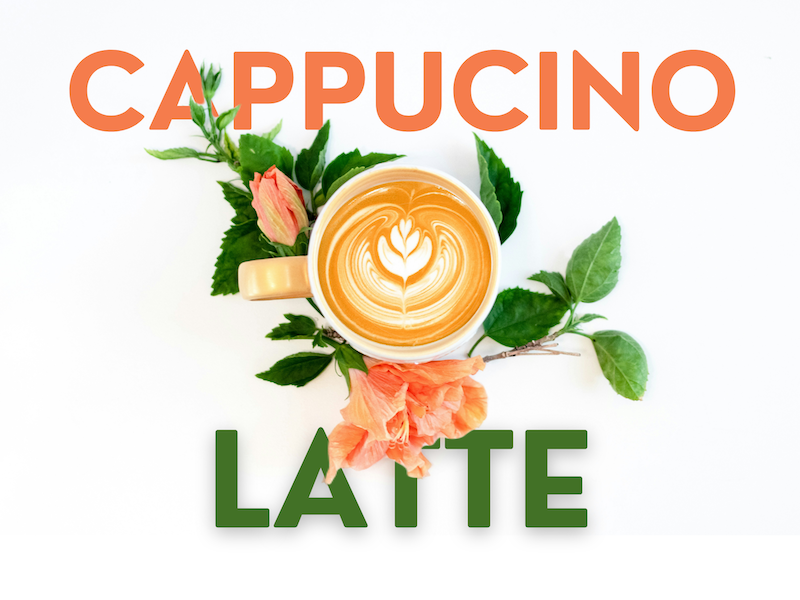
Cappuccino vs Latte: A Comparison Guide
Compartir

Author: Steve Simmons
The self-proclaimed brains behind Octave Coffee, Steve envisioned two decades ago that the world needed yet another coffee brand. With the perfect blend of music and caffeine, hop on board and let's pretend this coffee is the solution to everything, one well-priced bag at a time.
History
The latte and cappuccino have deep roots in the history of coffee, which dates back to the 15th century in Yemen. From there, coffee spread across the Middle East and eventually reached Europe, where it became incredibly popular.
In the 17th century, coffeehouses became common community spots in European cities. These places were hubs of intellectual and social activity, where people would meet to discuss ideas and events while enjoying a cup of coffee.
The latte, originally called "caffè latte," emerged in Italy. It's made by mixing espresso with steamed milk, giving it the creamy texture we all know. "Latte" simply means "milk" in Italian.
The cappuccino, named after the Capuchin friars, due to the similarity between their robes and the coffee's color, also originated in Italy. It started as a variation of the Viennese Kapuziner, which had whipped cream and spices. Eventually, it evolved into the frothy drink we know today, made with equal parts of espresso, steamed milk, and milk foam.
Both the latte and cappuccino became popular in Europe and spread worldwide, becoming essential parts of coffee culture. Today, they continue to evolve with new variations and innovations, reflecting different cultural preferences. Whether enjoyed in a trendy café or a cozy corner, lattes and cappuccinos remain beloved symbols of coffee's rich history and enduring appeal.
Latte
Origin
The latte, in its modern form, is not attributed to a single discoverer. Its origins trace back to Italy, where it evolved as a popular coffee beverage over time. The term "caffè latte" simply means "milk coffee" in Italian, pointing to the combination of espresso and steamed milk. Its development and popularity grew organically within Italian coffee culture and later spread globally.
Back in the 1900s, people all over Europe and North America fell head over heels for lattes. They loved how the rich coffee flavor mixed with the velvety milk created a perfect balance. Since then, lattes have become a big deal in coffee culture worldwide.
Ingredients and Preparation
A latte is typically prepared by combining a shot of espresso with steamed milk, then finished with a small layer of milk foam on top. Achieving the perfect balance between the espresso and milk is key. While the exact ratios can vary, a common guideline is to mix one part espresso with three to four parts steamed milk.

Photo by Thom Holmes
Flavor and Texture
Latte has a creamy texture and a mild, smooth flavor. The steamed milk adds sweetness and richness to the espresso, resulting in a well-balanced beverage that is popular among coffee enthusiasts.
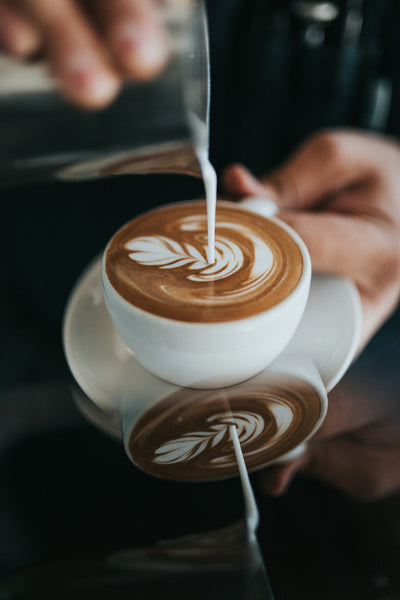
Photo by Nathan Dumlao
Simple Latte Recipe
Ingredients:
- 1 shot of espresso (about 1 ounce)
- 3/4 cup of milk
- Sugar or sweetener (optional)
Instructions:
1. Brew a shot of espresso using your espresso machine or stovetop espresso maker.
2. Heat the milk in a small saucepan over medium heat until it's hot but not boiling. You can also heat the milk in the microwave for about 1 minute.
3. Once the milk is heated, remove it from the heat and froth it using a milk frother, whisk, French press, or even by shaking it vigorously in a jar until it becomes frothy.
4. Pour the hot espresso into a preheated coffee cup.
5. Slowly pour the frothed milk over the espresso, using a spoon to hold back the foam to maintain an even ratio of milk and foam.
6. Spoon the remaining foam on top of the latte.
7. If desired, sprinkle some cocoa powder, cinnamon, or nutmeg on top for added flavor.
8. Serve immediately and enjoy your homemade latte!
Feel free to adjust the ratio of espresso to milk to suit your taste preferences. You can also customize your latte with flavored syrups or extracts for an extra touch of indulgence.
Cappuccino
Origin
The cappuccino traces its roots back to Italy, where it was named after the Capuchin friars due to the similarity in color between the beverage and the monks' robes. It gained popularity in the 20th century and has since become a standard on coffee drink menus worldwide.

Photo by Justus Menke
Ingredients and Preparation
A cappuccino is made with equal parts espresso, steamed milk, and milk foam. The espresso is poured into a cup, followed by an equal amount of steamed milk, and topped with a thick layer of milk foam.
Flavor and Texture
Cappuccino has a strong, bold flavor with a frothy texture. The balance of espresso, steamed milk, and milk foam creates a rich and creamy beverage with a slightly bitter taste, preferred by those who enjoy a more intense coffee flavor.
Cappuccino Recipe
Ingredients:
- 1 shot of espresso (approximately 1 ounce)
- 1/3 cup of milk
- Sugar or sweetener (optional)
Instructions:
1. Brew a shot of espresso using your espresso machine or stovetop espresso maker.
2. While the espresso is brewing, heat the milk in a small saucepan over medium heat. Heat until it's hot but not boiling, and small bubbles start to form around the edges of the saucepan.
3. Once the milk is heated, remove it from the heat and froth it using a milk frother or whisk. You can also use a French press or shake it vigorously in a jar until it becomes frothy.
4. Pour the hot espresso into a preheated coffee cup.
5. Gently pour the frothed milk over the espresso, holding back the foam with a spoon to ensure an equal ratio of milk and foam.
6. Spoon the remaining foam on top of the cappuccino.
7. If desired, sprinkle some cocoa powder or cinnamon on top for extra flavor.
8. Serve immediately and enjoy your homemade cappuccino!
Feel free to adjust the ratio of espresso to milk according to your preference, and don't forget to customize with any additional flavorings you like!
Spotting the Differences
- A cappuccino has three layers – espresso, steamed milk, and milk foam – all in equal amounts, giving it a balanced taste and a bit of frothy fun.
- On the other hand, a latte has more steamed milk, a light layer of foam, and the espresso and milk are mixed together, creating a smooth and creamy texture that's has a silky mouthfeel.
Comparison
| Aspect | Latte | Cappuccino |
|---|---|---|
| Espresso to Milk Ratio | 1:3 or 1:4 | 1:1:1 |
| Texture | Creamy | Frothy |
| Flavor | Mild, Smooth | Strong, Bold |
You obviously can't go wrong with either of these coffee beverages with their comparable, but distinct characteristics. Whether you prefer the creamy texture of a latte or the bold flavor of a cappuccino, there's a perfect coffee drink for every taste.
Related Posts
-

Shake It Up: Octave Coffee's Shaken Espresso Recipe
Hey coffee folks—want to mix things up a bit? Check out our Octave Shaken Espresso Recipe. It’s got all the bold fl...
-

Embrace Italian Indulgence: A Guide to Perfect Affogato Shots
Index: Introduction Ingredients Instructions Brew Espresso the Italian Way Prepare Gelato with Italian Flair Cr...
-

Octave Coffee's Cinnamon Mocha Recipe: An Effortless Harmony of Flavors
As the Christmas season unfolds, treat yourself to the warmth of Octave Coffee with a simple yet delicious Cinnamon ...
-
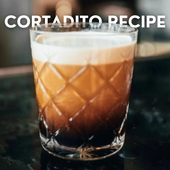
Cortadito Recipe: A Brief History and Simple Guide
Originating in Cuban coffee culture, "cortadito" is a Spanish term that translates to "cut" in English. In the co...
-

Recipe Series: "Poor Man's Cortadito"
A Masterclass in No-Nonsense Coffee from Your Own Filter Basket So, you fancy yourself a coffee connoisseur but can't...
-

Recipe Series: Cozy Autumn Bliss - Homemade Pumpkin Spice Latte
Here in the American northeast, as the leaves start to change and the air turns crisp, there's no better way to embra...
-

How to Make Coffee Without a Coffee Maker: Simple Solutions from a Coffee Roaster
Table of Contents The Classic: Boiling Water & Coffee Grounds The Cowboy Method: Coffee Over an Open Fire Im...
-
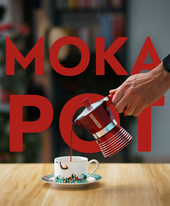
The Ultimate Guide to Moka Pot Brewing: Mastering Grind Size, Roast Levels, and Brewing Steps
Moka Pot Brewing Guide Introduction Section 1: Unveiling the Moka Pot Magic 1.1 The Heart of the Moka Pot 1.2 The B...
-
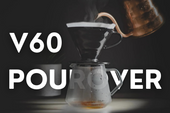
V60 Pour-Over Coffee: A Simple, But Complete Guide
The V60 pour-over method is distinctive because it not only brings out nuanced flavors in coffee roasts, but also off...
-

How to Make Strong Coffee: A Guide By Octave Coffee
Brewing a cup of resilience becomes an art form with Octave Coffee's comprehensive guide on how to make strong coffe...
-

The Art of Vietnamese Coffee: Brewing with a Phin
I was just talking to a friend of mine from church this week and he was introducing me to the idea of Vietnamese Milk...













